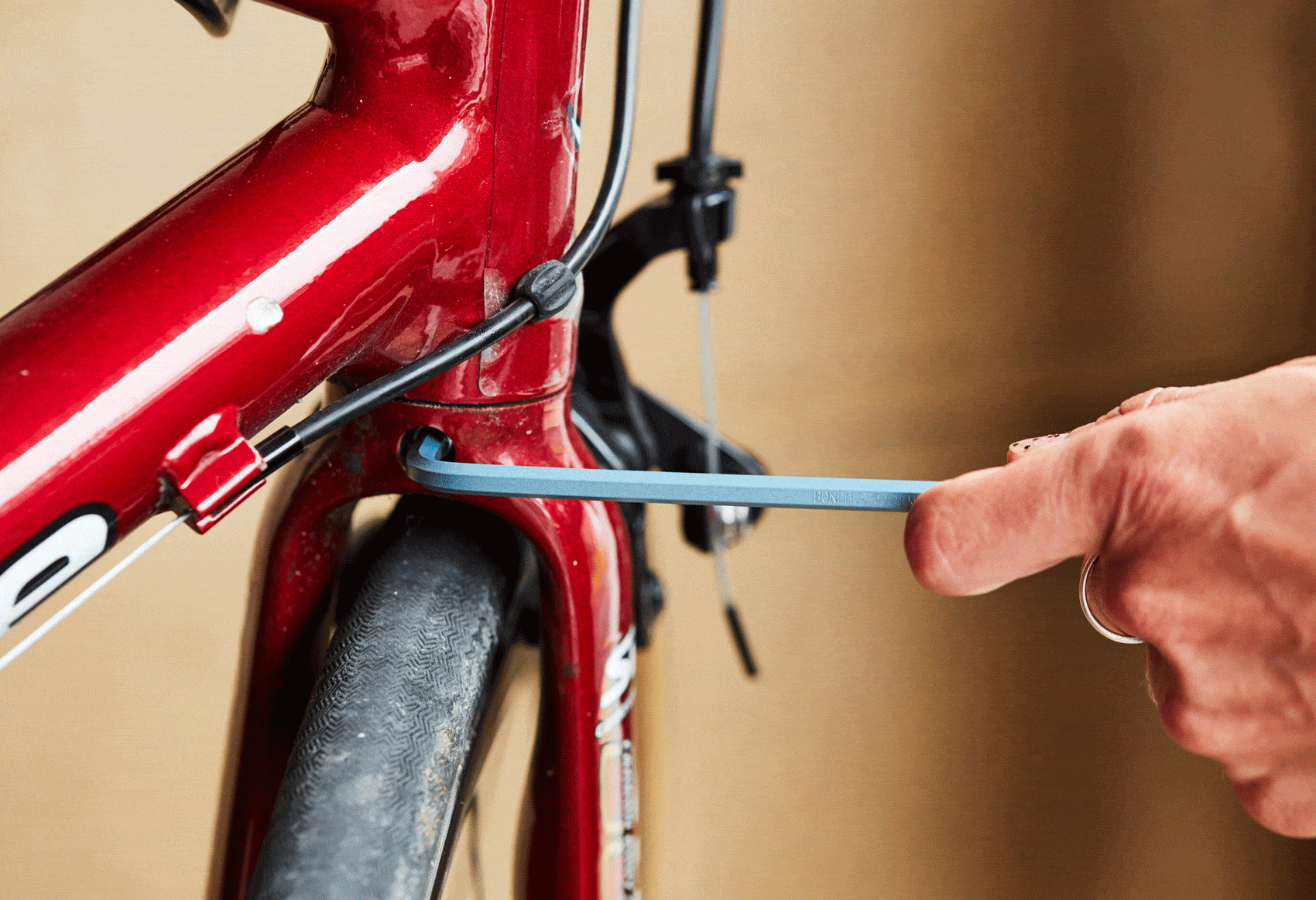If you’re an electric bike owner, ensuring that your bike is properly tightened and adjusted is crucial for both performance and longevity. Our maintenance guide aims to provide you with the ultimate resource, whether you’re a beginner or a seasoned rider seeking advanced tips. With easy-to-follow guidelines and expert advice, we’ll guide you through the process, using plain language and step-by-step methods where applicable. Don’t forget to check out our recommended products, including specialized cleaning solutions and must-have tools that can be conveniently linked to our affiliate partners. Remember, while some maintenance tasks can be done at home, others may require professional help. So let’s delve into the world of tightening and adjusting bolts and fasteners on your electric bike, and take your e-biking experience to new heights!
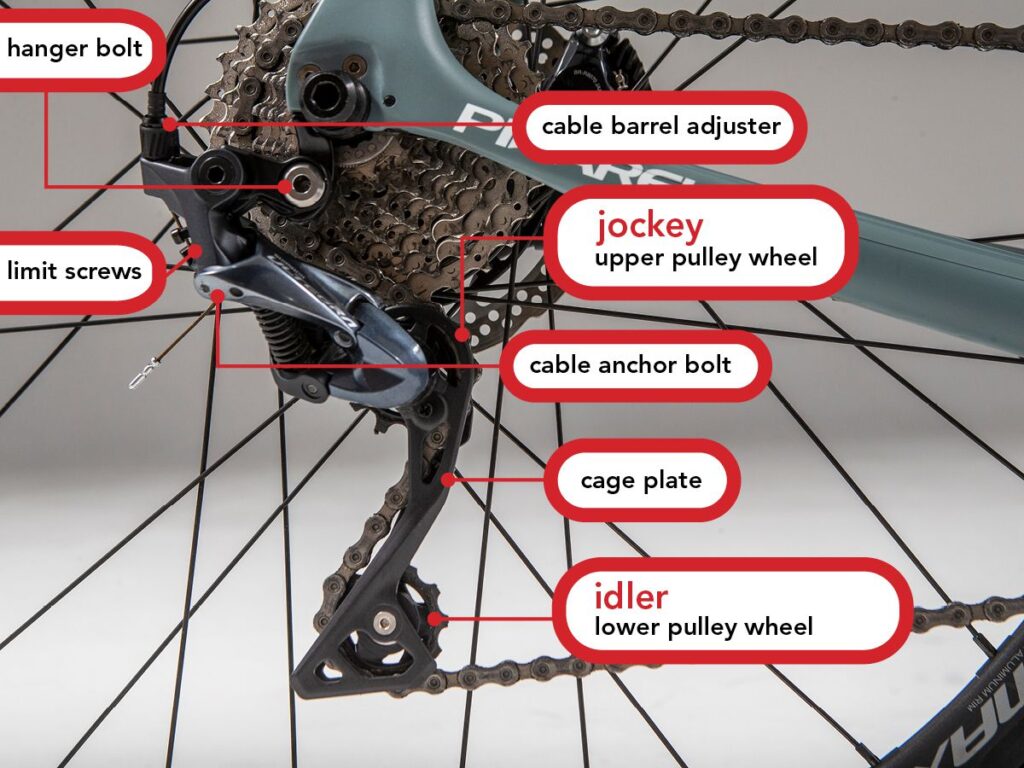
Inspecting bolts and fasteners
To properly tighten and adjust bolts and fasteners on your electric bike, the first step is to identify the bolts and fasteners that need attention. These can include bolts that secure various components such as the handlebars, seat post, pedals, and motor mounts. Inspecting the condition of these bolts is crucial to ensure the safety and performance of your bike.
Take a close look at each bolt and fastener and check for any signs of wear or damage. Look for rust, visible cracks, or stripped threads. Any bolts that appear worn or damaged should be replaced with new ones to ensure proper functionality.
Determining the torque specifications
Once you have identified the bolts and fasteners that need adjustment, it’s important to determine the correct torque specifications for each. Refer to the manufacturer’s manual that came with your electric bike for the recommended torque values. This information is crucial as over-tightening or under-tightening can lead to damage or failure of components.
To ensure accurate tightening, it is highly recommended to use a torque wrench. A torque wrench allows you to tighten bolts to the specified torque values, ensuring consistency and avoiding over-tightening. Consider using a torque specification chart for common components if the manufacturer’s manual does not provide specific values.
Gathering the necessary tools
Before you can start adjusting the bolts and fasteners on your electric bike, it is important to gather the necessary tools. Obtain a set of metric or imperial wrenches to ensure you have the right sizes for the bolts on your bike. Additionally, socket wrenches and appropriate sockets for specific bolt sizes will be required for certain components.
One of the most important tools you will need is a torque wrench suitable for the torque range needed. A torque wrench allows you to apply the correct amount of force when tightening bolts, ensuring they are securely fastened without risk of damage.
Preparing the bike for adjustment
Before you begin loosening and tightening bolts, it is crucial to prepare your bike for adjustment. Place the bike in a stable and secure position, such as on a bike stand or rack, to prevent it from tipping over or moving during the process. This will provide a secure base that allows you to work comfortably and safely.
Ensure that the bike is powered off and that the battery is disconnected. This is essential for your safety and prevents any accidental activation of electrical components while you are working on the bike.
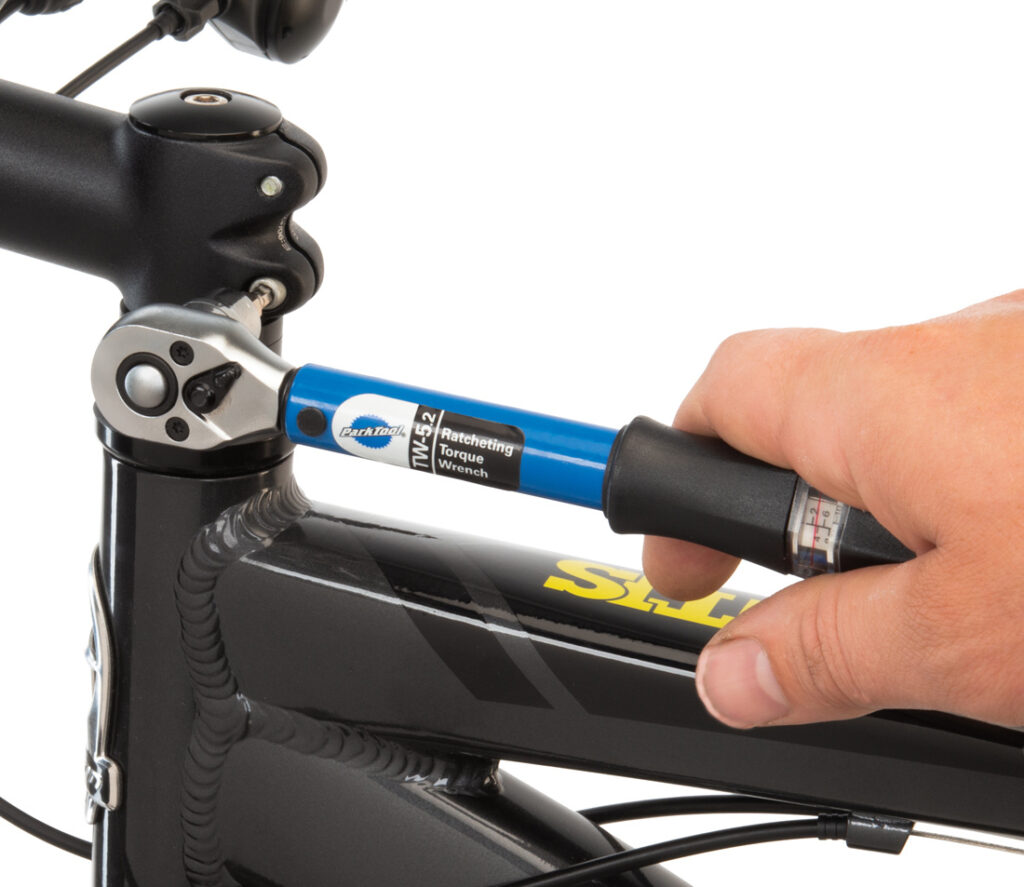
Loosening and tightening bolts
Now that you have your bike properly prepared, you can begin the process of adjusting the bolts. Identify the bolts that require adjusting based on your inspection. Use the correct-sized wrench or socket to loosen the bolt by turning it counterclockwise. Apply steady force to loosen the bolt, being careful not to strip the threads or damage the bolt or component.
Once the bolt is loosened, you can then apply the necessary adjustments. Use the torque wrench to tighten the bolt to the specified torque value. Apply the force in a controlled and steady manner, stopping once the torque wrench “clicks” to indicate that the desired torque has been reached.
Properly aligning components
In addition to tightening the bolts, it is important to check for any misalignments in the components of your electric bike. Look for any unevenness or gaps between components, which may indicate a misalignment. Adjust the alignment by loosening and retightening the bolts that secure the components in question.
Loosen the bolts slightly and make small adjustments to align the components properly. Once the alignment is satisfactory, tighten the bolts back to the specified torque values using the torque wrench. Proper alignment ensures optimal performance and longevity of your electric bike.
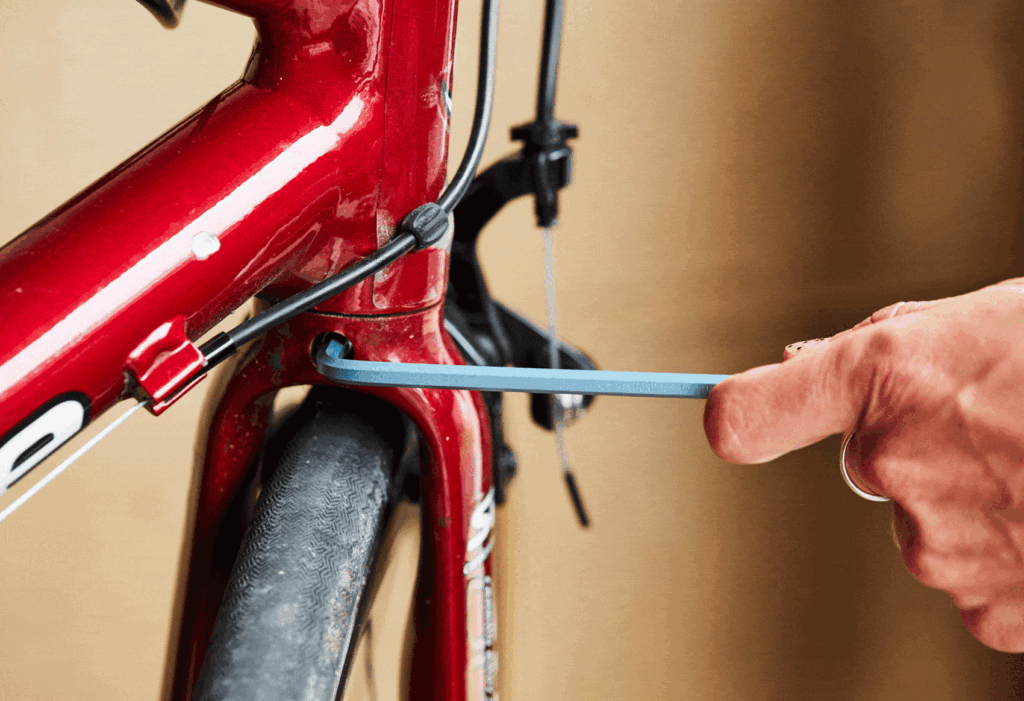
Applying thread locker
To prevent bolts from loosening over time, especially in areas where vibration is common, it is recommended to use thread locker. Thread locker is a specialized adhesive that keeps bolts securely fastened, preventing them from loosening due to vibrations or other factors.
Identify the bolts that are prone to loosening and apply a small amount of thread locker to the bolt threads. Be careful not to use too much, as excess thread locker can create difficulties when loosening or adjusting the bolt in the future.
Allow the thread locker to cure properly as per the manufacturer’s instructions before riding the bike. This ensures that the adhesive is fully set and provides the desired level of security for the bolts.
Performing regular maintenance
To ensure the continued safety and performance of your electric bike, it is important to create a maintenance schedule for bolt and fastener inspection. Regularly check for any loosened bolts or components during routine maintenance checks. This can be done weekly, monthly, or based on the frequency of your bike usage.
If you detect any loose bolts or fasteners during your inspections, tighten them immediately. Regularly maintaining the tightness and condition of your bolts and fasteners is essential to prevent potential accidents and costly repairs down the line.
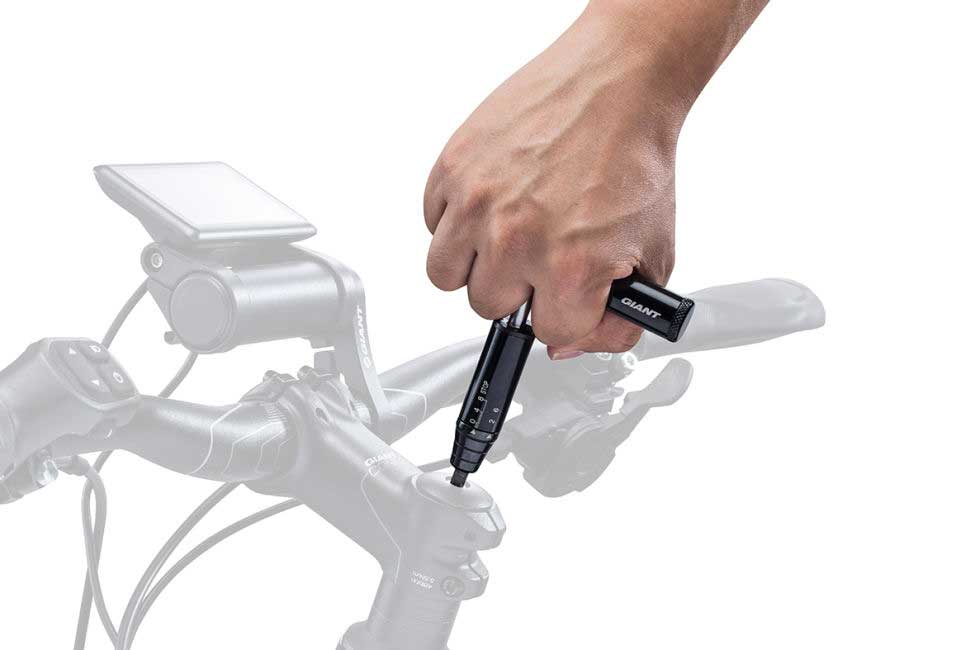
Seeking professional assistance
While many adjustments can be performed at home, it is important to acknowledge the limits of your abilities. For complex adjustments or if you are unsure about any aspect of maintaining and adjusting your electric bike, it is highly recommended to consult a professional bike mechanic.
A professional bike mechanic has the experience and expertise to handle intricate adjustments and can ensure that your electric bike is in optimal condition. They can also provide valuable advice on proper maintenance techniques and can be aware of any warranty requirements or authorized service centers for your specific bike model.
Final inspection and test ride
After you have completed all the necessary adjustments, it is important to perform a final inspection to double-check that all bolts are properly tightened. Go over each bolt and fastener to make sure they are secure and tightened to the specified torque values. This final inspection ensures that your electric bike is safe and ready for use.
To further ensure proper functionality, perform a test ride. Take your electric bike for a spin and pay close attention to any unusual noises, vibrations, or handling issues. These may indicate a problem with the adjustments you made or potential underlying issues that need further attention.
By following these comprehensive steps, you can properly tighten and adjust bolts and fasteners on your electric bike, ensuring its safety, performance, and longevity. Regular maintenance and adjustment of bolts and fasteners are essential for responsible e-bike ownership and will contribute to a more enjoyable riding experience.

